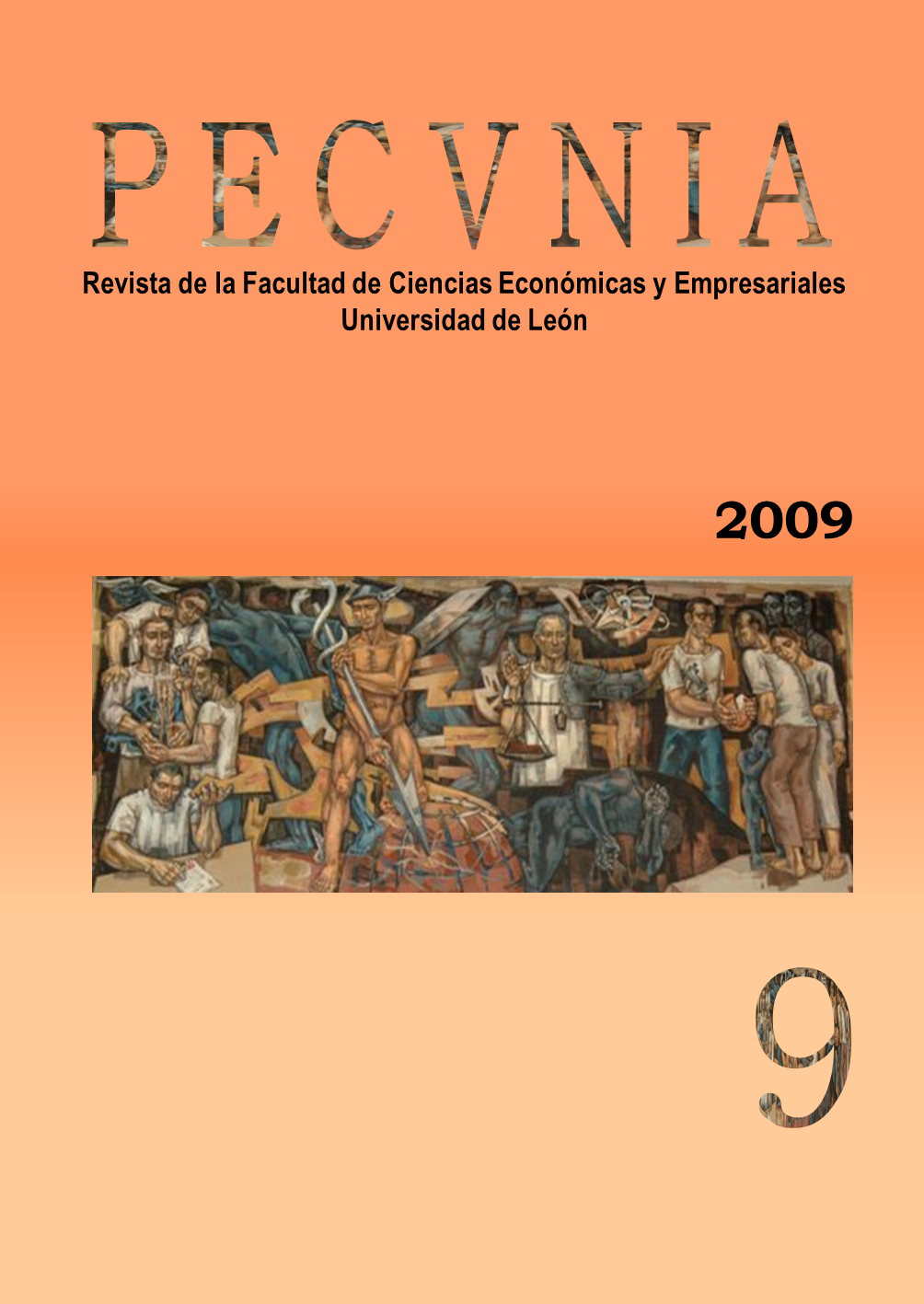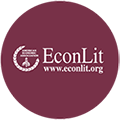Linguaggio e comunicazione degli organismi aziendali
DOI:
https://doi.org/10.18002/pec.v0i9.662Palabras clave:
Organismo, Comunicación, Dimensión, Intereses, Cultura, Valor añadido, Organism, Communication, Dimension, Interests, Culture, Added valueResumen
Una metáfora eficaz para estudiar la empresa es considerarla "organismo viviente". Este enfoque constituye la presuposición de la "teoría organicista", que estudia la empresa como un "sistema de relaciones" que es polo de intersección de "flujos comunicativos".Las empresas comunican con lenguajes y signos distintos, en particular mediante: a) bienes y servicios; y b) datos contables.
Los productos tienen su propia semántica: describen y sintetizan historias, asuntos individuales y colectivos, e informan sobre los materiales utilizados y los procesos de fabricación, los entornos en que fueron creados o utilizados.
Los datos contables son síntoma y símbolo de la vida empresarial, porque son expresión sintética del conjunto de "actos de comunicación" de las empresas.
Desde esta perspectiva, las cuentas anuales "hablan" con acentos y tonalidad nuevos.
El balance es la anticipación del futuro de la empresa porque expone la síntesis de la "potencialidad de energía" no expresada. La cuenta de "pérdidas y ganancias", quiere certificar el "reciente pasado" de la empresa.
Tenemos que dar énfasis al sistema de las relaciones empresa/entorno, y al Valor Añadido que es la grandeza que explicita esta dimensión.
El estudio de la empresa tiene que penetrar en su profundidad ético-motivadora hasta alcanzar lo más profundo de su "alma".
The metaphor of the "living organisms" is the most effective one to study organisations.
This approach, called "Organicist Theory", considers a firm as a net of relationships among the firm and the actors operating in its environment.
Firms communicate using different languages and signs. In our analysis, special attention will be paid to two firms' means of communication: a) goods/services; and b) accounting data.
Goods have their own semantics; they provide information on materials, technologies, processes, and contexts where they have been produced and used.
Accounting data are signs representing the firm's communicative actions. That Financial Statement starts talking with renewed meanings and tones.
In the Balance Sheet a forecast of the firm's future is provided by showing the potentialities the firm has to use; the Profit and Loss Statement in its turn shows the recent past of a firm.
A strong emphasis has to be put both on the relationships between a firm and its environment and the Added Value as the quantitative measure able to represent such a dimension.
Business research work has to dig into ethica and behavioural meanings of firms in order to understand their "souls" fully.
Descargas
Citas
CATTURI, Giuseppe (1987) "La scrittura in partita doppia come mezzo di comunicazione tra operatori economici di differenti aree territoriali". Per Lino AZZINI, Saggi di Economia Aziendale. Milano: Giuffrè, pp. 249- 264.
CATTURI, Giuseppe (1995) "L'azienda ha un'anima", Summa, 94, giugno.
CATTURI, Giuseppe (1996) "Cor magis tibi Sena pandit", Intervento di apertura dei lavori al VII Incontro annuale di Business Ethics Research Centres in Europe, Siena.
CATTURI, Giuseppe (a cura di) (2009) I vizi aziendali – Vademecun al contrario dell'azienda di successo. Milano: Ipsoa.
DE GEUS, A. (1997) The Living Company. Boston: Harvard Business School Press.
HAECKEL, Stephan (1999) Adaptive Enterprise: Creating and Leading Sense- and-Respond Organizations. Foreword by Adrian SLYWOTZKY. Boston: Harvard Business School Press.
KAUFFMAN, Stuart (1995) At Home in the Universe. Oxford University Press.
KAUFMANN, Massimo (2004) "Arte – domande e risposte". Nicoletta POLLA- MATTIOT (a cura di) Riscoprire il silenzio. Arte, musica, poesia, natura fra ascolto e comunicazione. Milano: Baldini & Castoldi Dalai.
LOVELOCK, Jim (1992) L'ipotesi Gaia, a cura di P. BUNYARD e E. GOLDSMITH. Como: Red.
MORGAN, Gareth (1997) Images of Organization. London: Sage.
PASCALE, R.T.; M. MILLEMANN and L. GIOIA (2000) Surfing the Edge of Chaos: The Laws of Nature and the New Laws of Business. London: Texere.
STACEY, Ralph D. (1996) Complexity and Creativity in Organizations. San Francisco: Berrett Koehler.
Descargas
Publicado
Cómo citar
Número
Sección
Licencia
Derechos de autor 2009 Giuseppe Catturi

Esta obra está bajo una licencia internacional Creative Commons Atribución-NoComercial-CompartirIgual 4.0.
Los autores que publican en esta revista están de acuerdo con los siguientes términos:- Los autores ceden de forma no exclusiva los derechos de explotación (reproducción, distribución, comunicación pública, transformación) a la Universidad de León, por lo que pueden establecer, por separado, acuerdos adicionales para la distribución no exclusiva de la versión de la obra publicada en la revista (por ejemplo, alojarlo en un repositorio institucional o publicarlo en un libro), con un reconocimiento de su publicación inicial en esta revista.
- Este trabajo se encuentra bajo la Creative Commons Attribution-NonCommercial-ShareAlike 4.0 International License. Puede consultarse desde aquí la versión informativa y el texto legal de la licencia.
- Se permite y se anima a los autores a difundir electrónicamente las versiones pre-print (versión antes de ser evaluada) y/o post-print (versión evaluada y aceptada para su publicación) de sus obras antes de su publicación, ya que favorece su circulación y difusión más temprana y con ello un posible aumento en su citación y alcance entre la comunidad académica.












